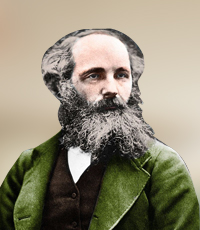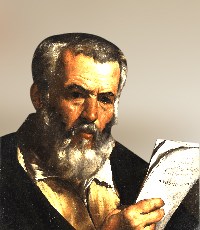
Anaximander c.610 – c.546 BC), was a pre-Socratic Greek philosopher who lived in Miletus, a city of Ionia (in modern-day Turkey). He belonged to the Milesian school and learned the teachings of his master Thales. He succeeded Thales and became the second master of that school where he counted Anaximenes and, arguably, Pythagoras amongst his pupils.
Although little about his life and world is known today he was one of the first philosophers to write down his studies and he was an advocate of science and trying to understand the structure and organization of the world.
As such he made many significant contributions to early geography and cartography and he is believed to have created the first published world map.
The greatest scientist of ancient times, Archimedes pushed mathematics, physics, and engineering to new heights. He created the physical sciences of mechanics and hydrostatics, discovered the laws of levers and pulleys, and discovered one of the most important concepts in physics – the center of gravity. He applied advanced mathematics to the physical world and his surviving works inspired both Galileo Galilei and Isaac Newton to investigate the laws of motion.
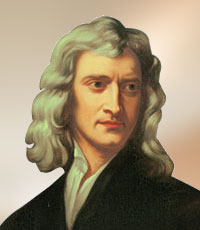
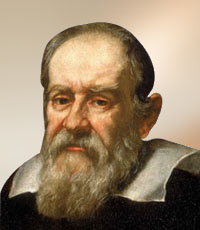
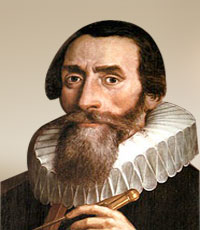
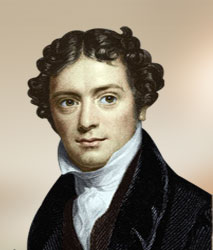
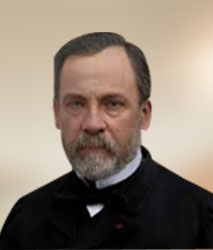
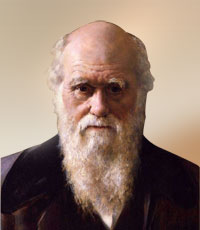
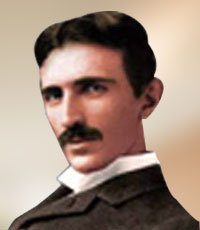
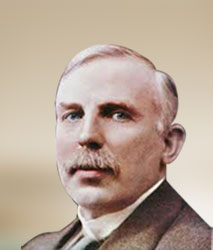


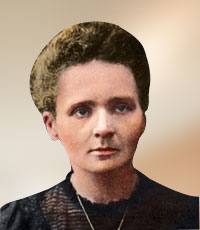
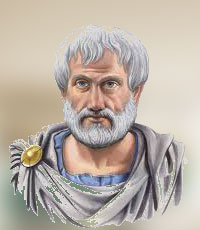
.jpg)
